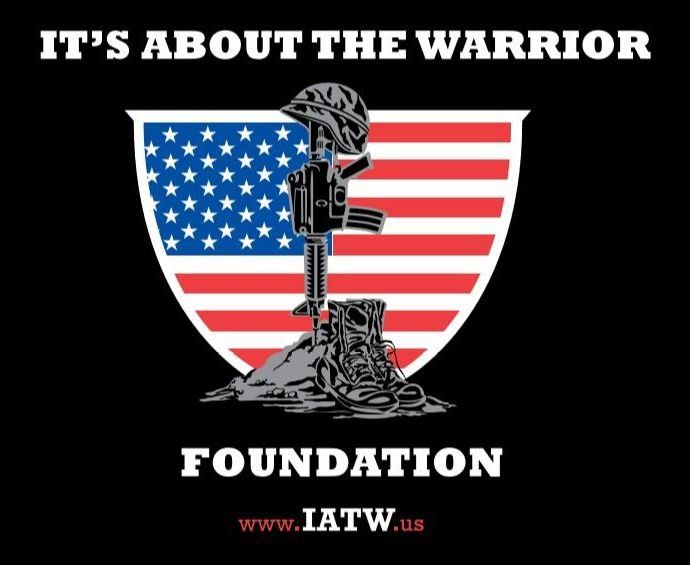What the physiology of a muscle knot/trigger point
When an injury occurs from repetitive use or acute trauma, inflammation is produced. The damaged tissues will also go into a protective tension state or contracture to guard against further damage.
This contracture and inflammation inhibit microcirculation which limits both the oxygen rich blood reaching the injury and the waste products leaving the injury.
The injury site becomes hypoxic (decreased in oxygen) subsequent resulting in fibrosis or scar tissue. This fibrosis builds up around the muscles and tissues limiting the ability to fully function (lengthen/shorten) and can also cause compression and irritation of nerves (such as carpal tunnel syndrome) – all of which inevitably lead to myofascial pain and biomechanical disturbances in joint movement and function.
What can trigger point therapy treat?
Trigger Point Therapy is used to treat many areas of the body and Symptoms, including:
Shoulder Pain
Tennis Elbow
Muscular Chest Wall Pain
Low Back Pain
Sciatica
Knee Pain
Ankle Pain
HEADACHES
Fibromyalgia
What are common applications of treatment?
A common application is in the treatment of myofascial pain syndrome, a chronic musculoskeletal pain condition commonly seen with chronic neck and back pain (spinal arthritis or stenosis, sciatica, degenerative disc disease, disc herniation as well as after spinal fusion or surgery) in which painful trigger points develop within muscle and fascia, resulting in local and referred pain, restricted range of motion, and autonomic nervous system dysfunction.
Several common repetitive strain sports or work-related injuries can be treated with trigger point injections and/or dry needling. Neck, back, shoulder, elbow, hip and knee pain commonly have pathology rooted in chronic muscle spasm resulting in faulty movement pattern and secondary pain. This technique is designed to release the restrictions and dysfunction in soft tissue that may cause pain and limit motion in all parts of the body. It has shown success in decreasing pain and increasing mobility to optimize competitive performance.
How can trigger point therapy help my headaches?
Patients with chronic headaches sometimes receive Trigger Point Injections to assist in relieving the pain from chronic tension-type headache, chronic migraine headache and chronic cluster headaches. One theory is that referred pain from trigger points in head, neck, and shoulder muscles produces headaches.
What else can trigger point therapy treat?
Another pain syndrome commonly treated with Trigger Point Injections is fibromyalgia, a chronic condition involving widespread pain, fatigue, and sleep abnormalities.
Additionally, TPI is commonly used in the treatment for whiplash, an acute condition involving neck pain after sudden backwards and forwards motion, as may occur in an automobile accident.
What should I expect from the trigger point injections procedure?
In the TPI procedure, a health care professional exerts gentle pressure upon a trigger point to observe muscle twitch and evaluate the patient’s pain. The purpose of this examination is to allow the provider to identify muscles causing pain that could benefit from injections.
The procedure then involves the process of inserting a small hypodermic needle through the skin and into to spasmodic muscle with subsequent injection of a very small amount of lidocaine. In some cases, no medication is injected; this is called a trigger point dry needling and is effective in certain patients [see linked page]. This helps to break up the knot and the pain is alleviated. It essentially loosens muscle knots allowing improved blood flow to the chronically spasmodic areas.
As a result, the areas begin to heal. As soon as the knots are relieved, there is often an immediate increase in range of motion and a remarkable reduction in pain, soreness, and discomfort, as well as the beginning of long-term relief. Injections are given in a patient’s room at Regeneration Pittsburgh and usually take just a few minutes to administer.
What types of conditions can trigger point dry needling treat?
Trigger point dry needling can treat:
Neck/Back Pain
Cervicogenic Headaches
Shoulder Pain
Tennis/Golfers Elbow
Hip and Gluteal Pain
Sciatica
Knee Pain
Achilles Tendonitis/Tendinosis
Plantar Fasciitis
Muscular Strains/Ligament Sprains
Chronic Pain
What should I expect from the trigger point dry needling procedure?
In the TPI procedure, a health care professional exerts gentle pressure upon a trigger point to observe muscle twitch and evaluate the patient’s pain. The purpose of this examination is to allow the provider to identify muscles causing pain that could benefit from injections.
The procedure then involves the process of inserting small solid filament needles through the skin and into to spasmodic muscle without injection of medication (“Dry”). In some cases, medication is injected; this is called a trigger point injection and is effective in certain patients [see linked page]. This helps to break up the knot and the pain is alleviated. It essentially loosens muscle knots allowing improved blood flow to the chronically spasmodic areas. Dry needling results in the deepest tissue release allowing for improvements in movement and pain. With Dry Needling, the needle itself and the effects it produces within the tissue is the treatment.
As a result, the areas begin to heal. As soon as the knots are relieved, there is often an immediate increase in range of motion and a remarkable reduction in pain, soreness, and discomfort, as well as the beginning of long-term relief.
What's the difference between dry needling and acupuncture
Because it involves a needle, dry needling is often misunderstood as acupuncture. The difference lies in the approach — same needle, different technique.
The ultimate goal of dry needling is different than acupuncture. Acupuncture is typically used in holistic medicine. Dry needling, in contrast, is used for a musculoskeletal purpose. Designed to reset a dysfunctional muscle, dry needling releases tension and quiets an overstimulated muscle.
Acupuncture is based on eastern medicine, and acupuncturists insert needles based on body meridians. Dry needling, in contrast, is based on western medicine and the science of neuromuscular function. It’s a professional physical therapy technique that gets to the root cause of the pain and is designed not only to decrease muscle pain, but also to increase mobility and stability.


